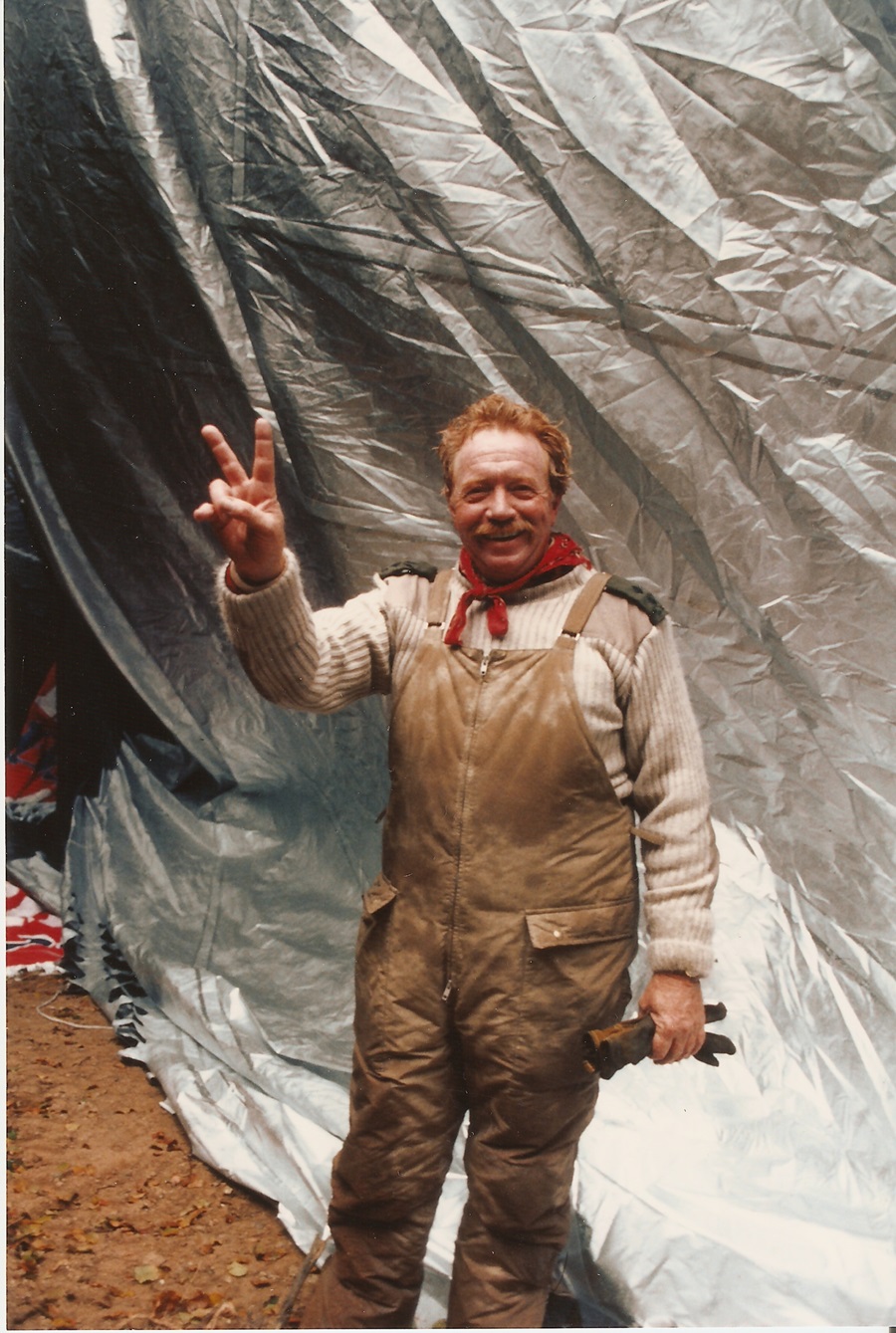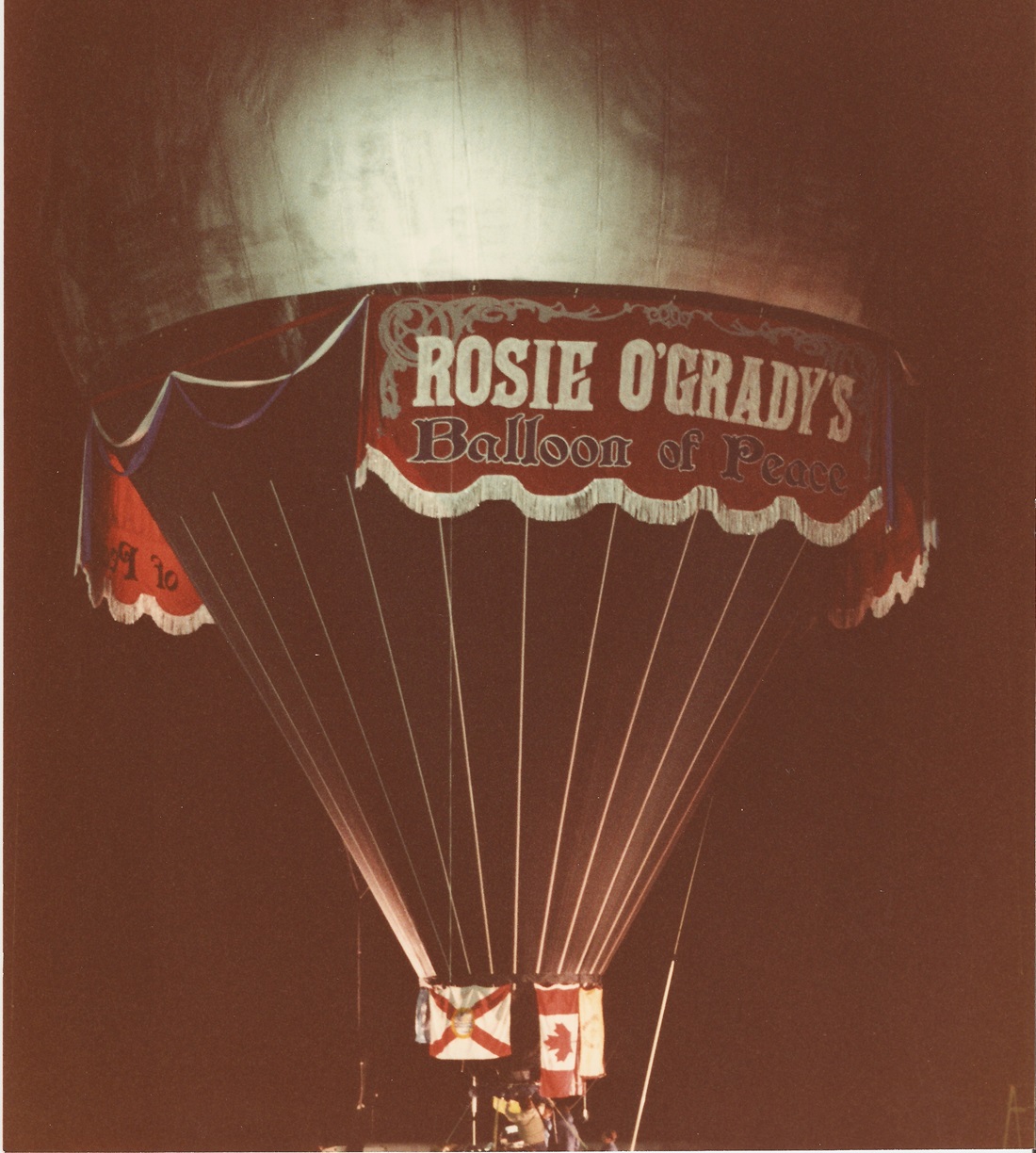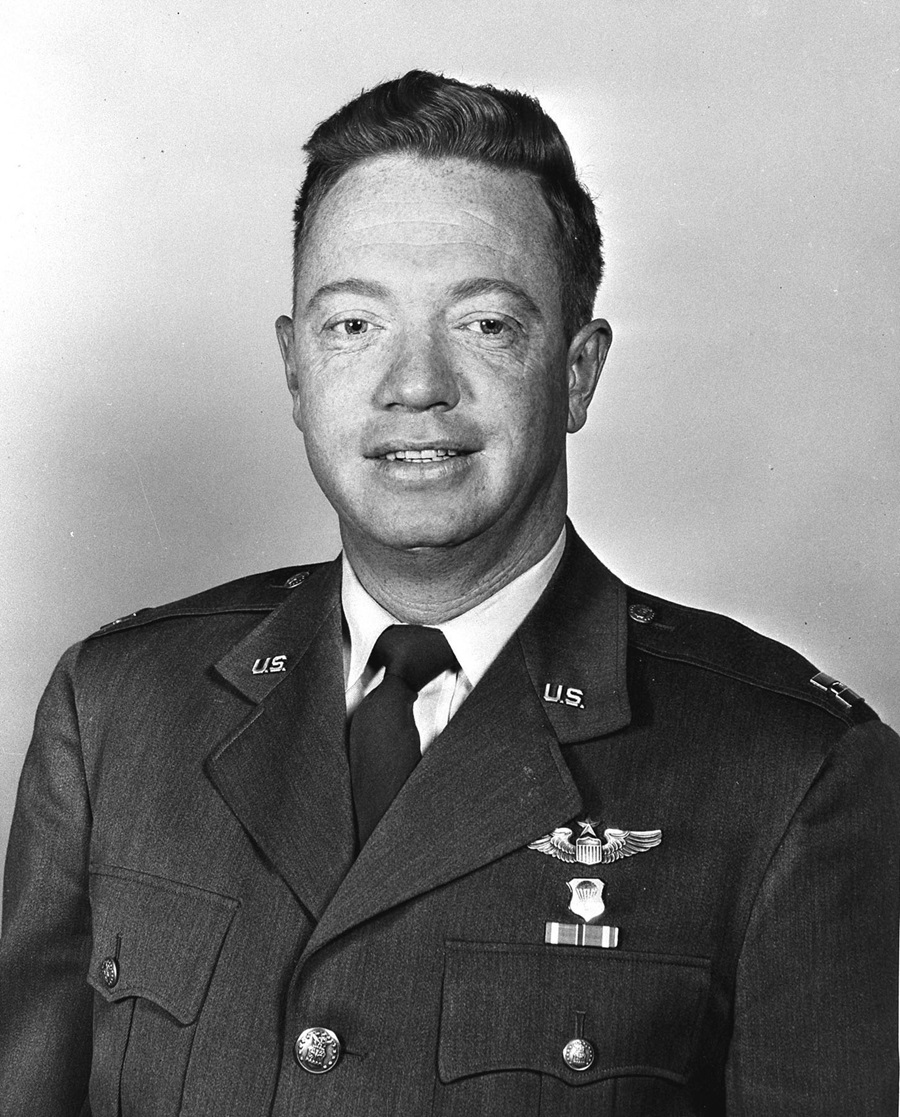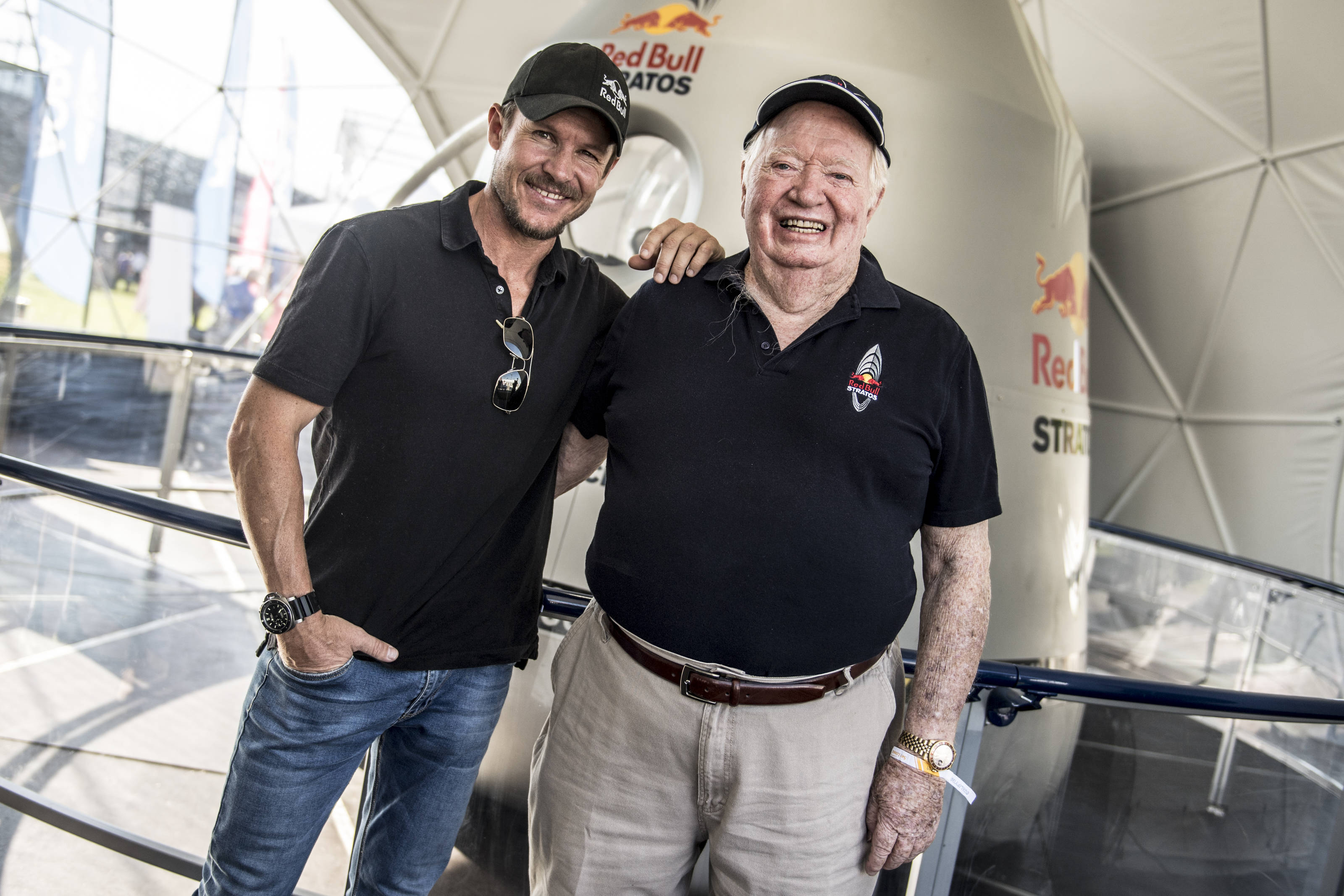Ballooning anniversary: 40 years since Kittinger’s solo Atlantic crossing
Forty years ago, American pilot Joe Kittinger took off from Caribou, Maine, USA, and after three-and-a-half days of nibbling peanuts, thawing frozen bottles of water under his jacket and staring at clouds, he landed with a bump in a dense forest in Northern Italy. Accompanying his broken ankle, four new world distance records, and the realisation of a 30-year-old dream: to cross the Atlantic, solo.
Suspended in the Italian tree canopy, Kittinger found himself 5703.03km from Caribou, where he’d said goodbye to his team, 86 hours before.
"I have been dreaming about this for 30 years,” stated Kittinger before embarking on his solo adventure, “It’s a great challenge because it’s something that’s never been accomplished before.”
Buoyed by the recent successful Atlantic crossing in 1978 in the ‘Double Eagle II’ by Abruzzo, Anderson and Newman, Kittinger's solo attempt was being made despite the obvious risks.
"An adventure that has claimed the lives of two of the five men who have tried it”, states the press release sent to FAI to announce the project to make the first solo Atlantic crossing in a balloon. His team had estimated he had a 40% chance of making it. He’d made it.
Exhausted after only allowing himself ten-minute naps in the bottom of his gigantic gas balloon’s basket, he caught up on some sleep at the US Ambassador’s residence in Paris, in the very same bed as Lindbergh had after arriving solo from the USA, over 50 years before.

Kittinger and the Balloon of Peace. Image courtesy of Becky Wigeland, Curator, US Ballooning Hall of Fame and Gil Wigeland.
The Balloon of Peace
By travelling 5703.03 kilometres in the 11-storey-high, Rosie O'Grady ‘Balloon of Peace’, filled with 4200m3 helium, Kittinger gained FAI records within four different balloon classes.
- Category AA-10 = 4,000m3 – 6,000m3 gas
- Category AA-11 = 6,000m3 – 9,000m3 gas
- Category AA-12 = 9,000m3 - 12,000m3 gas
- Category AA-13 = 12,000m3 - 16,000m3 gas
Of these four records, only one (the AA-13) has since been surpassed, and this not until 2015, when Troy Bradley and Leonid Tyukhtyaev flew from Saga, Japan to Baja, Mexico, in a homebuilt balloon – the Bradley Gas 350 – covering an amazing distance of 10,711.6km, almost doubling Kittinger’s record.
The Rosie O’Grady ‘Balloon of Peace’ was built by Ed Yost, who also constructed the Double Eagle II and had made six long-distance FAI records during his 3983-kilometre, 107-hour flight over the Atlantic in 1976 (he landed in the sea 200 nautical miles east of the Azores).

The Rosie O’Grady ‘Balloon of Peace’. Image courtesy of Becky Wigeland, Curator, US Ballooning Hall of Fame and Gil Wigeland.
The nylon envelope with a coating of neoprene gave zero permeability, and a fibre glass gondola to give Kittinger the best chances of survival, should he ditch into the ocean. The upper was lined with thin aluminium and the lower was black nylon. This colour contrast enhanced solar reflection during the day, and absorbed energy lost by the ocean at night.
Speaking in an interview with VSD magazine after the event, Kittinger remarked: “I knew I had the best. It gave me confidence.”
Alongside the “best” balloon, he also had the backing of a highly experienced meteorologist: Bob Rice, who also worked on the Double Eagle II.
Subject to temperatures between -15 ͦC to -25 ͦC, Kittinger wore a special thermal suit, hat and boots, and an oxygen mask throughout. With his food and fresh water frozen, he was obliged to use his body heat to thaw it out for consumption.
“I like firsts”
Inherently lucky, Kittinger survived to tell the tale of his 86-hour flight. “For me, adventure is attempting something that has never been done. I like firsts.”
For the man who made the first solo transatlantic crossing in a balloon, this was not his first ‘first’...

Colonel Joseph Kittinger had recently retired from an illustrious career in the US Air Force as a test pilot. He was the only person to put his hand up to travel to 29,490m altitude in a capsule suspended under a balloon for Project Manhigh in 1957, a groundbreaking feat to research the effect of altitude on the human body.
He gained the attention of the visionary aeronautics researcher Dr John Paul Stapp (whom he called “the bravest man I ever met”) and worked with him on the Excelsior project to make high altitude parachute jumps in 1959-60.

Kittinger's 31,300m parachute jump in 1960
His accomplishments were not submitted to FAI for an official record, but made their mark on history, nonetheless. The Excelsior team’s findings after the first attempt – when Kittinger went into a 120rpm flat spin, became unconscious and was saved by his emergency parachute – resulted in the adoption a drogue parachute for stability, a device still used today.
Kittinger’s highest altitude parachute jump of at 31,300m remained unbeaten until 2012 (52 years). Fitting then, that it was Kittinger himself who helped break it, acting as safety advisor and Capsule Communicator to Felix Baumgarter who jumped from 39,000m on the Red Bull Stratos project.

Felix Baumgartner and Joe Kittinger at a Red Bull Air Race 2017, image: Red Bull Content Pool
After his solo crossing, Kittinger competed in the Coupe Aéronautique Gordon Bennett and was awarded two FAI Montgolfier Diplomas, firstly in 1983 and then for his solo crossing in 1984. He was inducted into the US Ballooning Hall of Fame in 2010 and in the CIA International Balloon & Airship Hall of Fame in 2013.
In his autobiography, ‘Come up and get me’, he said, “I was born in the age of the barnstormers and lived to fly supersonic fighter jets. From the instant of that first takeoff in Phil Orr’s Piper Cub at Lake Tibet Butler when I was sixteen, all I’ve ever really wanted to do is fly—which, in my mind, is to be part of something altogether glorious.”
Joe Kittinger died aged 94 on 9 December 2022.
Header image: courtesy of Becky Wigeland, Curator, US Ballooning Hall of Fame and Gil Wigeland.

